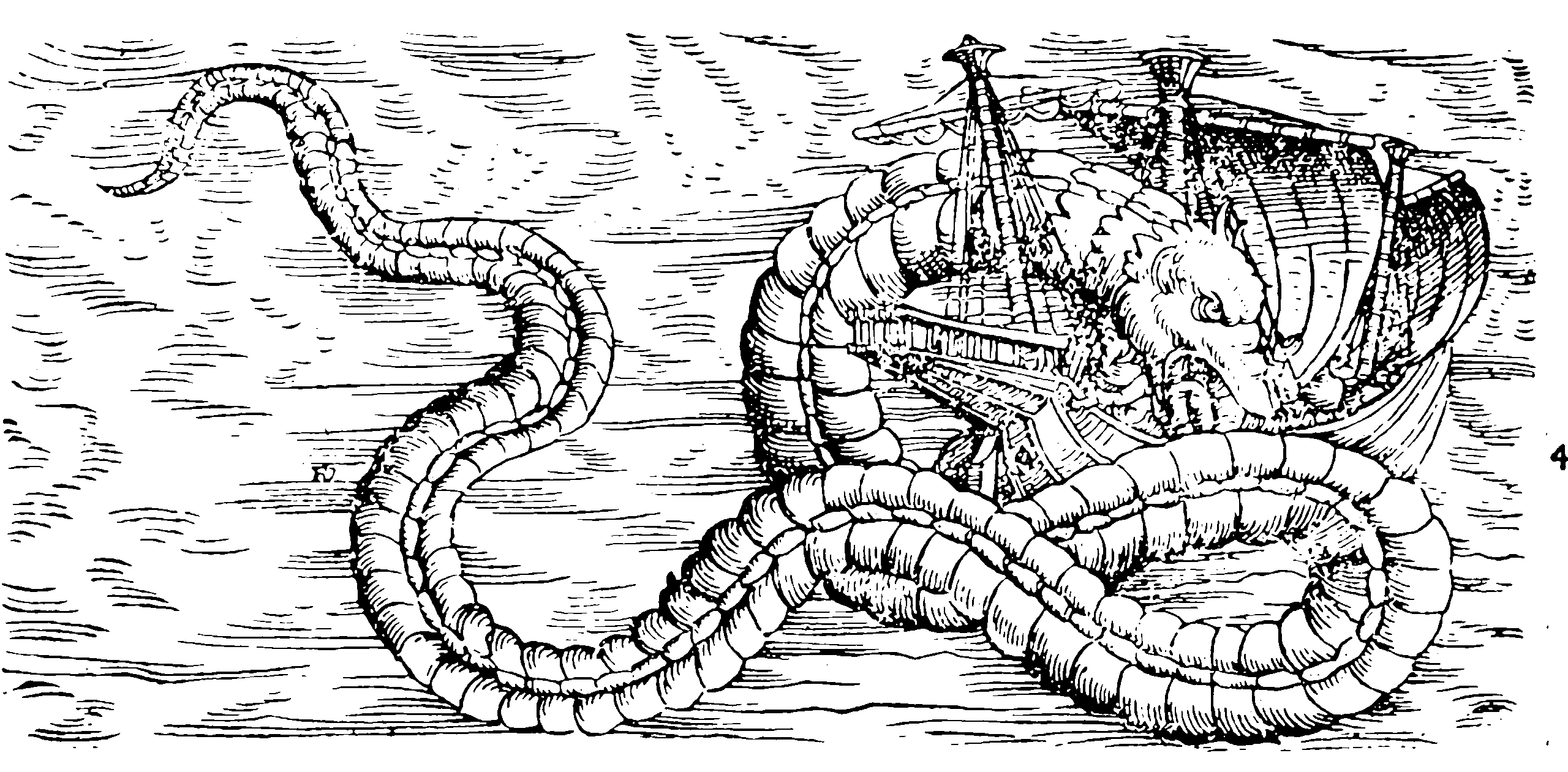Planning under uncertainty
Transcending planning-though-hope-and-haruspicy
April 23, 2020 — October 10, 2021
Suspiciously similar content
We talk a lot about risk management, but what do we do at the outer boundaries of certainty, where statistics meets irreducible complexity?
Gallant wouldn’t have waited for proof. He would have checked prediction markets and asked top experts for probabilistic judgments. If he heard numbers like 10 or 20 percent, he would have done a cost-benefit analysis and found that putting some tough measures into place, like quarantine and social distancing, would be worthwhile if they had a 10 or 20 percent chance of averting catastrophe.
1 Managing black swans
See black swan farming.
2 Statistical pragmatism
Ben Recht on what probability theory even means in application introduces David Freedman:
The dominant convention in experimental sciences is to assert the existence of a probability distribution from which all observations in an experiment are samples. That is, most analyses begin with the assumption that the population is itself a stochastic entity whose statistical properties can be accurately modeled. Such probabilistic modeling is immediately problematic. We are forced to confront the notion of probability itself. What does the probability of an event mean? Is a Bayesian or Frequentist viewpoint more correct? What does it mean to sample a natural process?
My perspective on the pitfalls of probabilistic modeling has been heavily influenced by the writings of David Freedman. Freedman advocates for a pragmatic approach to statistical modeling. “Probability is just a property of a mathematical model intended to describe some features of the natural world. For the model to be useful, it must be shown to be in good correspondence with the system it describes.”
There are some philosophical questions there. See also Effect size is significantly more important than statistical significance..
